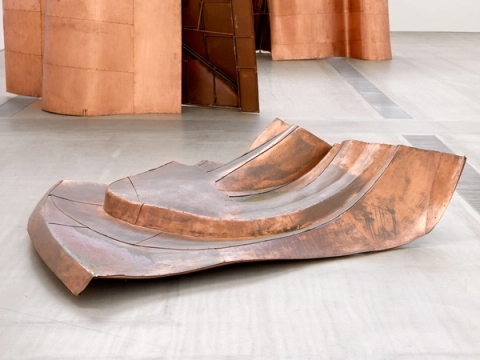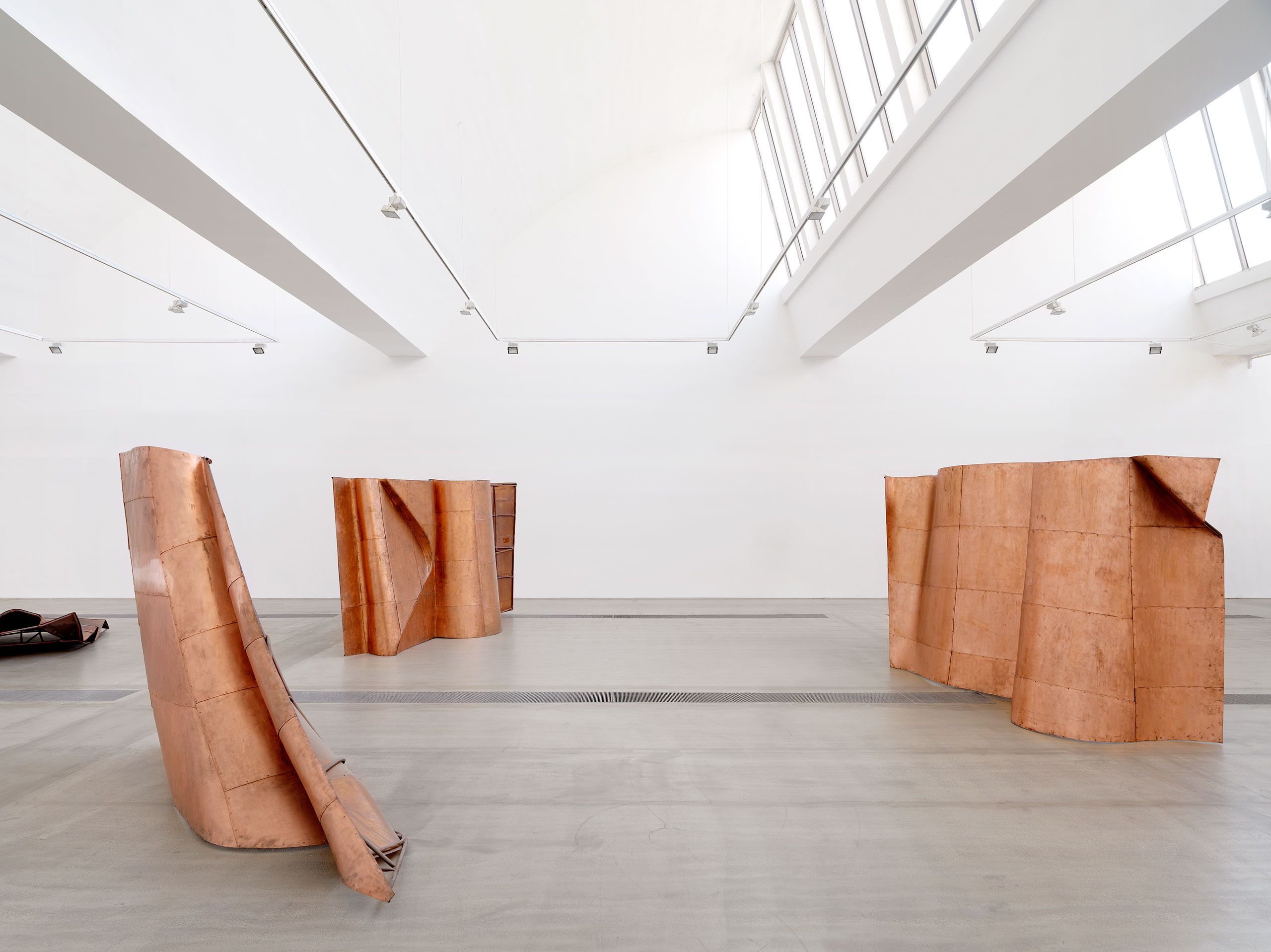

The work 'We The People (Detail)' (2011-2013) is part of a 1:1 copy of the Statue of Liberty, consisting of more than 250 copper pieces.
The goal of Danh Vo’s project was not to construct a new, whole Statue of Liberty, but rather to reconstruct its individual elements, thus enabling them to be distributed throughout the world in various museums and exhibition venues. Though the countless fragments are still associated with the iconic symbol of freedom, at the same time they also highlight the abstract nature of this concept. The work raises questions about the subject of freedom, including whether or not it is necessarily everyone’s human right.
“We The People” is the opening clause of the United States Constitution, written in 1787. Hence, the title and the sculpture both refer to the free, democratic nation, which the USA has been perceived as since the end of the 18th century. This iconic sculpture, symbolizing freedom, was designed by the French sculptor, Frédéric Auguste Bartholdi. Completed in 1886, the Statue of Liberty stands on Liberty Island, south of New York City. Over the years it became the landmark that the many immigrants looked out for as they arrived in the Promised Land: the land of opportunity.
Vo challenges the canonical female figure by constructing a copy of the statue in the many hammer-formed components, like the original, which also existed first in pieces. Although in many of the pieces we recognise the torch-bearing woman, most of them have become non-figurative sculptures, “generic abstractions”, which are more reminiscent of Greek and Roman ruins or minimalist sculptures. Vo’s decision to recreate the statue’s thin copper shield with a thickness of just two millimetres, the same as two pennies, reveals the monument’s material and conceptual fragility. The installation refers, not only to the mythical significance, which the statue possesses today, but also to the very first time the statue was shown to the public. The torch-bearing hand was shown in Philadelphia in 1876 at the Centennial Exhibition, while the head was shown at the 1878 World’s Fair in Paris.
Danh Vo (b. 1975) is a Danish artist, who left Vietnam as a refugee with his family to live in Europe in 1979.
His work is an intersection between art, global history and personal diary. A key characteristic in his works is the re-appropriation of authorship and historical events - Vo’s works are often inspired by his own experiences and include ready-made objects, which, through the context of a particular exhibition, become part of a historical narrative. In many of his pieces, his own life as a gay man and a Vietnam War refugee comes to light. Today, Vo currently lives and works in Berlin and Mexico.

Dahn Vo
We The People (Detail), 2011-13, Cuivre/copper, 200 x 357 x 83 cm, 210 kg
We The People
The United States Constitution, 1787
Group Exhibition
I look at things




















